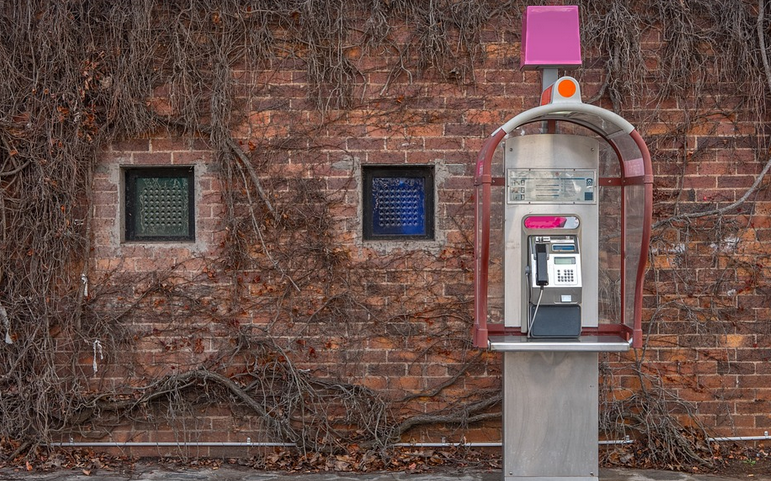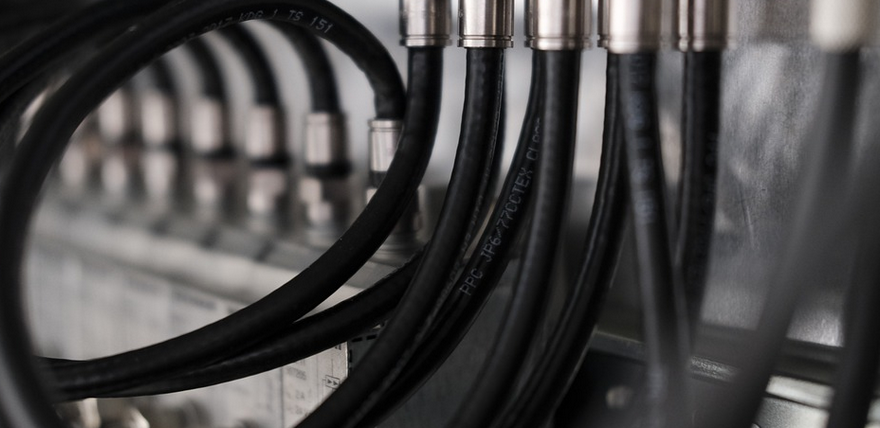deciphering the silent stories of creativity
Ever looked at a painting and felt a certain emotion, like warmth or sadness, wash over you? Or gazed upon a sculpture and felt something shift inside you? You’re not just seeing colors and shapes; you’re experiencing a language all your own. Art is a powerful form of communication, and understanding its unique vocabulary can open up new perspectives on the world around us.
Imagine this: you walk into a gallery, surrounded by canvases bursting with color, sculptures that seem to defy gravity, and installations that challenge your perception of space. Each piece speaks volumes, even without uttering a single word. It’s a language crafted from gestures, textures, colors, lines, and shapes – a visual symphony that transcends spoken words.
Art is like a secret code, a cipher where the artist uses their own unique symbols to express emotions, ideas, stories, and even societal commentaries. The choice of medium – be it painting with brushstrokes or sculpting with clay – becomes a language in itself, each technique lending its own voice to the narrative.
One of the first things you notice about art is color: how it plays on emotions, evokes memories, and even stirs up long-forgotten feelings. The way colors are used can be incredibly subtle, but their impact can be profound, bringing forth a sense of harmony or discord depending on the artist’s intention. Think about the vibrant hues in Van Gogh’s works; they convey deep emotion and inner turmoil.
Texture also plays a crucial role in communication within art. The rough texture of a stone sculpture might evoke power and raw energy, while the smooth curves of a watercolor painting could suggest tranquility or serenity. Artists often deliberately explore different textures to create visual complexity – to give depth and dimension to their artwork.
Lines, too, are powerful tools for art-making. A carefully placed diagonal line can add movement, intrigue, and even tension to a composition. A thick, bold stroke can convey power or stability, while gentle curves might suggest a feeling of fluidity and grace. Lines can be used to create depth in a two-dimensional image and add an element of complexity.
And then there are shapes: the way they’re positioned, their forms, and how they interact with each other all play a role in conveying meaning. A circular shape, for example, might represent wholeness or eternity, while a square symbolises strength and stability. The artist’s choice of shapes and composition can evoke a wide range of emotions.
But art isn’t just about form — it’s also about composition. How an artist arranges the elements on their canvas or in their sculpture tells a story, creating a visual narrative that speaks to the viewer’s imagination. A balanced composition could convey harmony and grace while a chaotic one could express chaos.
Ultimately, the language of art is deeply personal. What resonates with one person may not resonate with another. Art can be a powerful catalyst for introspection and self-reflection, prompting viewers to explore their own emotions and experiences.
As you look at art, try to identify: the textures, colors, lines, shapes – what are the stories they’re telling? How do these elements work together to create a certain mood or emotion? Is there a sense of movement, a feeling of harmony, or maybe something melancholic in the piece?
Developing an appreciation for art requires actively engaging with its visual vocabulary. Don’t just passively observe – try to understand what the artist is trying to communicate through each element and how they’ve used them together.
A key aspect of understanding art is recognizing that there are different ways to interpret it. Sometimes a painting might evoke joy, sometimes anger. And those interpretations can change over time as you re-visit the same artwork or when you see similar works by other artists. The beauty of art lies in its ability to spark your imagination and provide endless avenues for exploration.
So next time you find yourself captivated by a piece of art, remember: you’re not just looking at the painting – you’re experiencing a conversation. A dialogue between artist and viewer. And that conversation can be incredibly profound.



